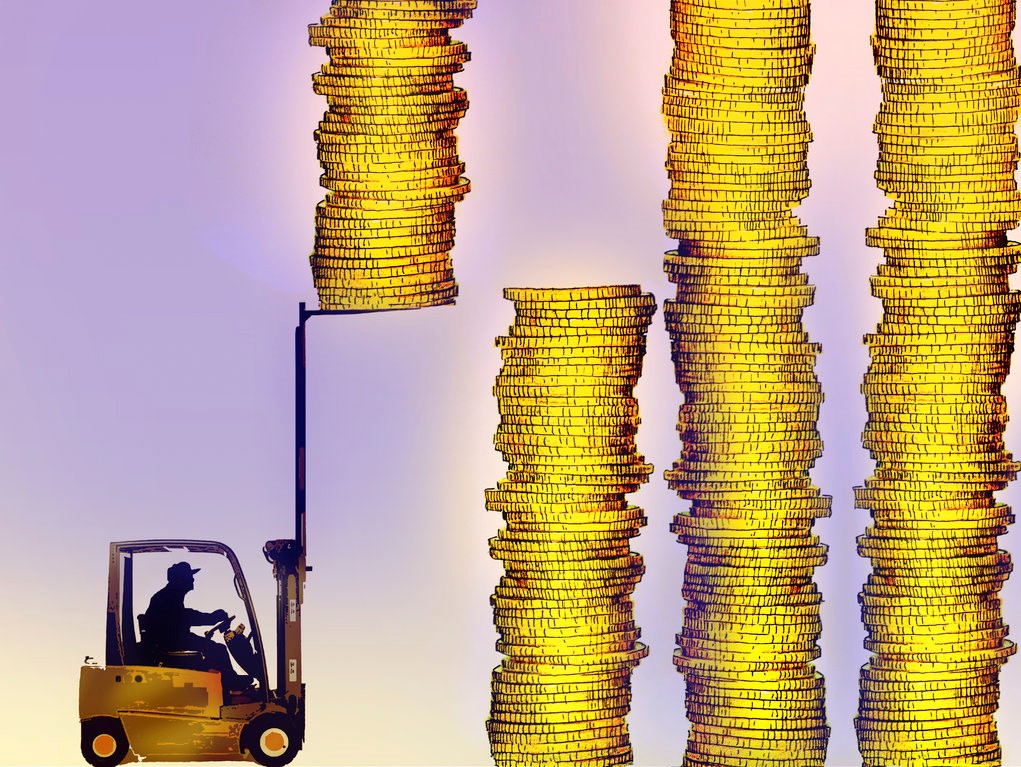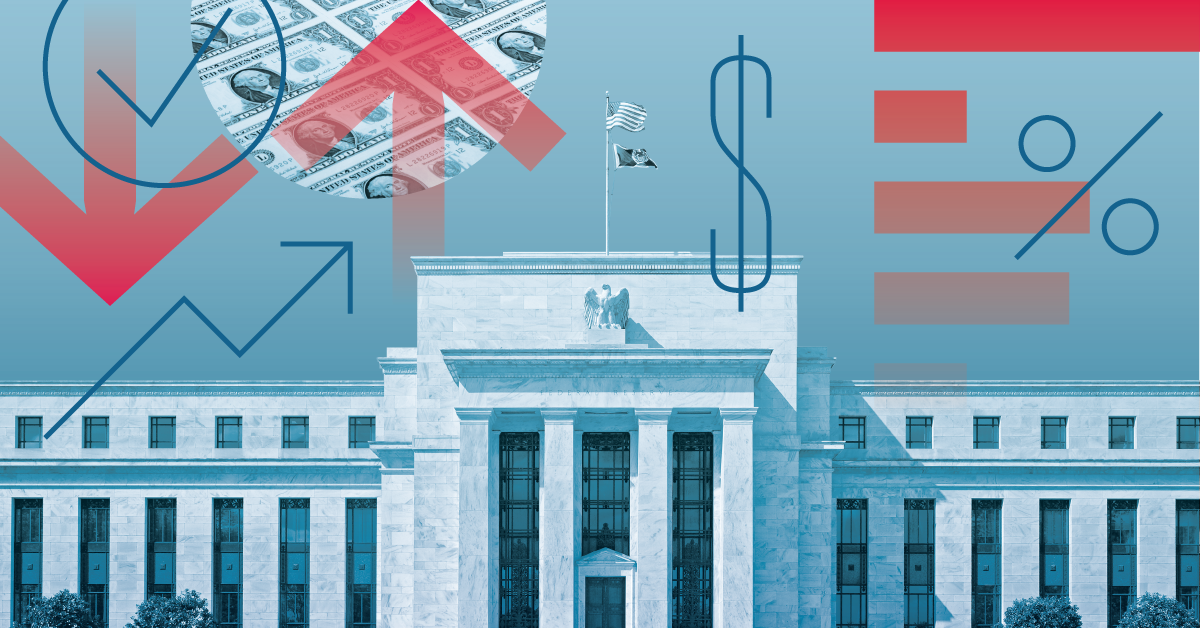
Soaring inflation and the U.S. Federal Reserve’s attempts to fight it via increased interest rates have been front and center for almost a year. The macro backdrop hasn’t changed much, but now features the global banking crisis, triggered by the liquidity crunch at U.S. lender Silicon Valley Bank and followed by the turmoil at Credit Suisse. While not all investors are convinced this will lead to a systemic credit event, the optimism of early 2023 has somewhat cooled off.
Some fund managers in Asia, including a few at Allianz Global Investors and M&G Investments, choose to raise their cash levels in the third quarter of last year, to eschew tail risks. What happened since? Have these managers stayed defensive through the recent market volatility? Have they re-entered the market?
In September 2022, Johnson Hsu, head of overseas investment development at Allianz Global Investors, took the view that cash was the safest bet, and allocated 35% of the fund’s assets to cash.
Hsu says: “The trigger at the time was macro-driven, as the inflation was higher-than-expected in the U.S., against a market consensus view that it’d peak around the third quarter. The market was caught off guard that the soaring inflation could run further. The Fed then became more hawkish, also pushing bond assets to correct across the board. The risk was so immense that it had dragged all bonds down.”
Hsu manages Taiwan-domiciled Allianz Glb Inv All Seasons Ret FOBF TWN and All Seasons Hvst FOBF A, which have US$ 129.1 million and US$ 292.4 million under management.
Allianz GI Is Taking More Risk, But Still Conservative
But now, Allianz GI’s Hsu thinks the context has changed a lot, as fears of more rate hikes have been priced in. Hsu thinks it’s justifiable to re-enter the market, and his portfolio’s cash holdings are now less than 10%.
He continues: “Into the new year, this view has been drastically changed for two reasons. First, the interest rates have edged much closer to the relative peak. Because of a lesser risk from the rate side compared to the previous year, we can identify more opportunities in bonds. Though the context is, the economy is slowing down while liquidity is less ample. Therefore, being selective is the key.”
Still, the market has to deal with new sets of downside risks, stemming from global banking crisis. He thinks investors should keep an eye on the issues that causes the banking crisis, chief among them inventory. Hsu expects an unhealthy inventory level to result in weaker company guidance in the April earnings season.
“When we look at Taiwan, which is a tech industry-oriented market, and how the market connects with the global manufacturing chain, one of our focuses was also the global manufacturing industry inventory. The semiconductor industry sees downward revision since the beginning of 2023 and the pent-up inventory is still taking time to digest.” To be able to turn more positive, Hsu said he needs confirmation from an improving global demand that could consume the inventory, which is expected to reach this year’s peak in the second quarter of 2023.
To M&G, Cash Is Not Trash Anymore
Also in September last year, M&G Episode Macro strategy pivoted to cash in a more radical fashion. For about four weeks between September and October, the unconstrained liquidated all positions to hold only cash.
Michael Dyer, investment director at M&G Investments, says: “The previous phase of market movements which was being short rate had pretty much ended and it was time to take our profits. But we didn’t really know what was next and have been waiting for the right opportunity. Things were very confusing after the gilt selloff in the U.K. It felt like there could be a lot more risks to come.”
“In our unconstrained strategy, we feel like we’re going to wait for the market to give us opportunities, or give us odds that are attractive. That’s particularly relevant today because cash rates are a lot higher. That whole concept a few years ago – cash is trash – has largely gone away. Now, you’re earning a pretty decent yield on your U.S. dollar cash. It’s not a forecast but there is an implicit view that we do expect there’s going to be more volatility.”
Where Does Allianz GI See Value Right Now?
To Allianz GI’s global bond portfolios, corporate bonds, and developed markets are in favor.
Emerging markets’ reliance on export – commodities for Latin America and manufacturing products for Asia – could make these markets vulnerable as the global economy is tipping into a slowdown, or worse, a recession. In terms of regions, he prefers developed economies. For credit rating, his bond portfolio buys more into securities with “quality”, such as investment grade as well as bonds rated B or BB within the high-yield space.
“Investment-grade corporate bonds come with a yield of 5.5-6%, presenting a more attractive interest rate carry and allowing more room for the bond yield to come down. Treasury is now at around 4% and flight to safety following the SVB incident has narrowed the yield level. Room for capital gains is relatively capped,” he said.
The bond valuation of Asian markets is trading on the attractive side following a harsh correction in 2022. Hsu is staying away from China’s high yield sector, in which many securities are issued by the beleaguered real estate developers. “The rebound has priced in a lot of policy-driven recovery expectations since the fourth quarter of 2022. Now, the market is at the next phase seeking verifications of those policies and how they play out in China’s manufacturing and property sector. We have observed that the production level post-Lunar New Year was more sluggish than expected. Real estate investments in the first quarter are in the negative territory.”
“It’s Not A ‘No View’, It’s An Active View.”
M&G’s Dyer thinks recent events have tempered some of the optimism of the earlier part of the year. M&G’s multi-assets portfolio is on the sidelines waiting for the right pitch to hit, and leaving significant room in the portfolio to respond to volatility that emerges.
“This volatility could emerge from a more panicked market reaction to banking sector stress, a disruption to the prevailing inflation or interest rate narrative or, as always, an unexpected source,” Dyer explains, adding that the current market moves have not been sufficiently extreme, or “episodic”, to prompt a change to the portfolio.
He continues: “We think one of our big advantages is the ability to be patient. Cash is a part of the universe and cash is generating attractive returns versus other assets. You can get the same yield on cash as you can in some bond markets, but cash is safe right now. It doesn’t have a duration.”
Moreover, the heavy cash position will not stay perpetually and the fund will redeploy it at some point. Most recently the fund has been holding some positions and is “under-invested”. “Basically, we're waiting to see what the next evolution of this is. We're waiting for the markets to either get too excited or too scared and then we’ll reposition as it as it is. If equity markets rallied really hard then short positions could become more interesting. Equally, if we saw a big selloff in equities, then we'd probably be more interested as a buyer.”
He believes, there's a very plausible upside and downside scenario for most markets and the market is somewhat undecided between the two. “We often find attractive entry points in markets where pessimism is high and will tend to be the beneficiaries of something that is hated becoming something less hated rather than something that is loved becoming even more loved.”













.png)


.jpg)





